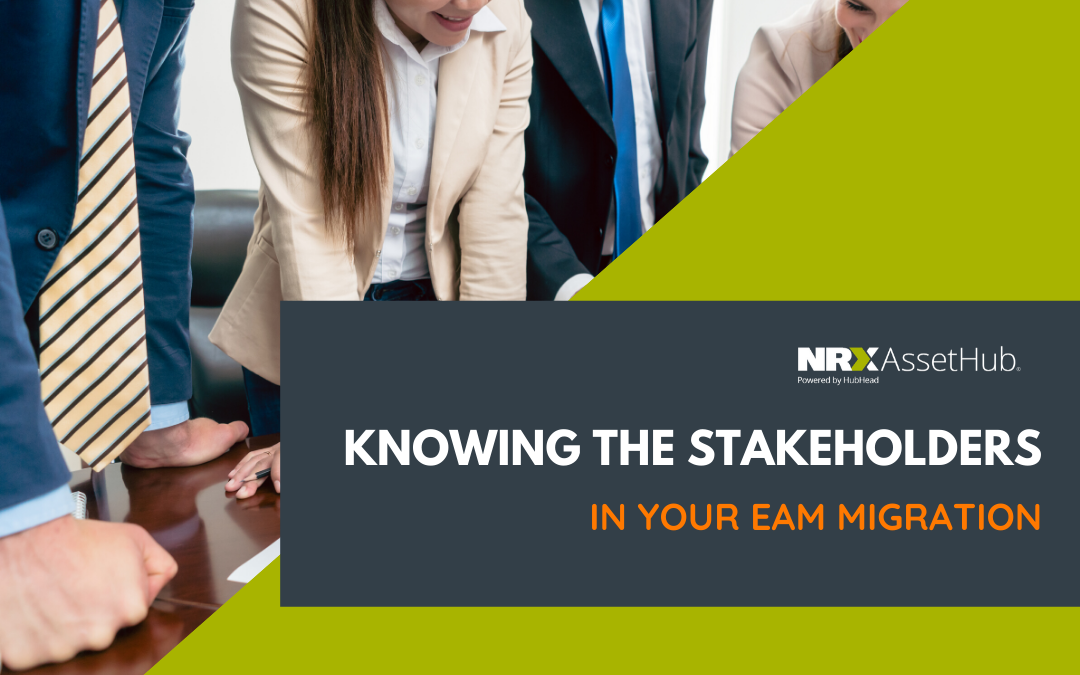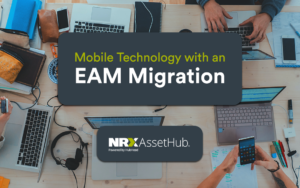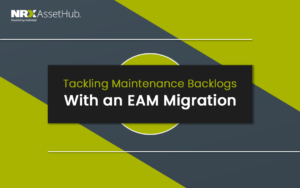Regardless of what you are migrating and when, any system migration is going to be complicated. EAM migrations can prove to be particularly complex considering the vast amount of information involved and the many reasons that might motivate the migration in the first place. Naturally, there will be lots of people involved in this transition. You may know your role as a stakeholder, but what about everyone else’s? Having a clear awareness of your role, especially as it effects others, can be the key to success in almost any project. Below, we have compiled a short list of some of the most important stakeholders in an EAM migration. Please note that every organization is different, and you are different too! Not every organization might have stakeholders like the ones below, or you may find yourself occupying one or multiple of these roles throughout the migration process. What is important is your ability to communicate and collaborate with others as you take on your responsibilities.
So, who is who?
Leadership team: This may include the project lead, asset manager, CFO, or other executives within your organization. They will likely determine the budget or timeframe of the migration, review and approve certain processes, or make other key decisions throughout the migration.
Internal IT team: This may include the developers or engineers within your organization. They may be tasked with mapping information, managing the data, configuring the new system, or they may have specialized knowledge about the old one.
Migration specialists or consultants: These are people with a specialized knowledge of systems migrations and data migrations. They are hired externally with the purpose of guiding your organization through the migration process. Here is where we can help. We are leaders in helping organizations migrate data between EAM/CMMS solutions. We can also help you cleanse and improve the quality and fitness for purpose of your data.
EAM/CMMS vendors: This can include any group directly related to the new software system itself. They may also provide you with services to implement and configure the system as well.
End users: These people may be the employees within your organization who will be using the new system on a day-to-day basis. They may need to be kept constantly informed of the migration process and trained in using the new system. But most importantly, they need to be consulted up front to determine your requirements. They can ensure the system and how it is implemented and configured meet the needs of your business.
Keeping everyone organized can be tough
This is not an exhaustive list. Depending on the nature of your migration project, you may have even more stakeholders involved. For instance, if you acquired (or were recently acquired by) another business, there may be more members of the leadership team to keep informed as you work with executives of this other recently acquired organization. If you work within a highly specialized sector, you may need very particular service providers who can act as systems integrators (SIs) for your migration. Whatever the case may be, communication and collaboration between stakeholders is key. We can provide the expertise needed to simplify the process of data migration and keep all your stakeholders happy.
For more information, try checking out the brochure or eBook from our Knowledge Center, or book a demo to get started!
Enhancing User Experience with an EAM Migration
Mobile Technology with an EAM Migration
Tackling Maintenance Backlogs with an EAM Migration
Share this article




